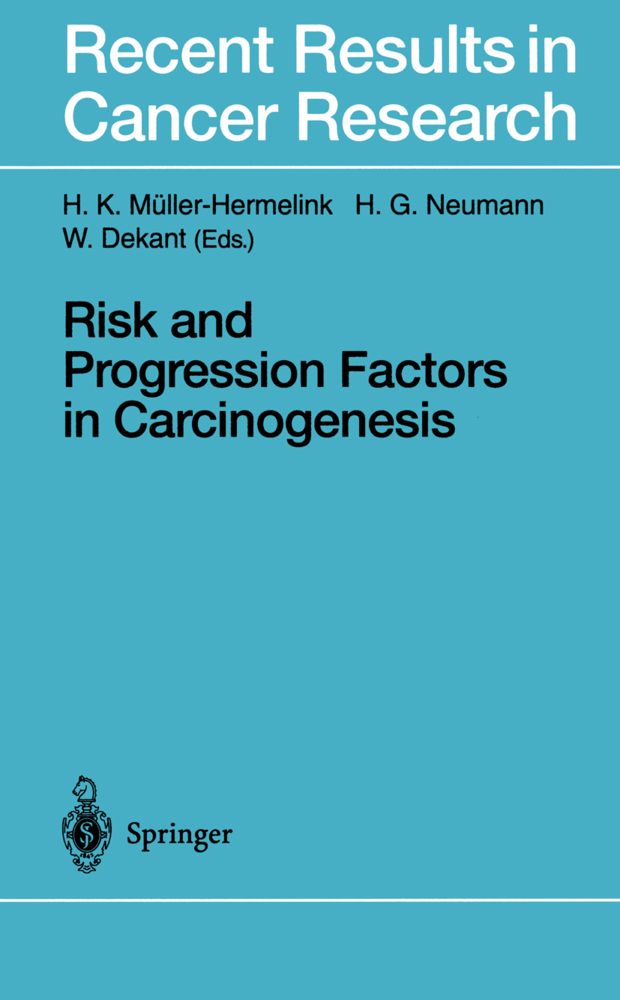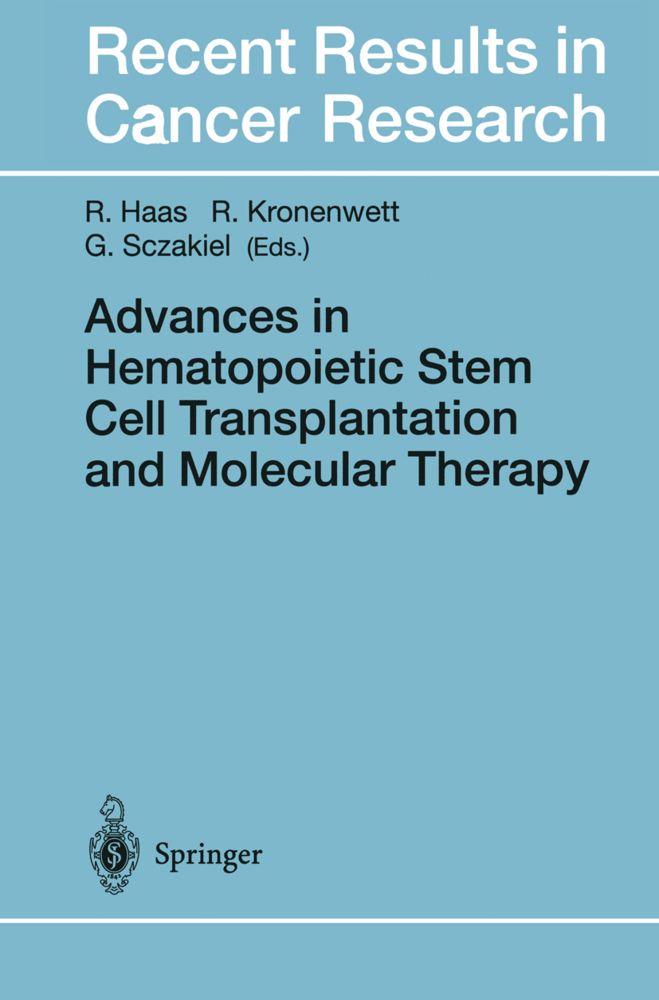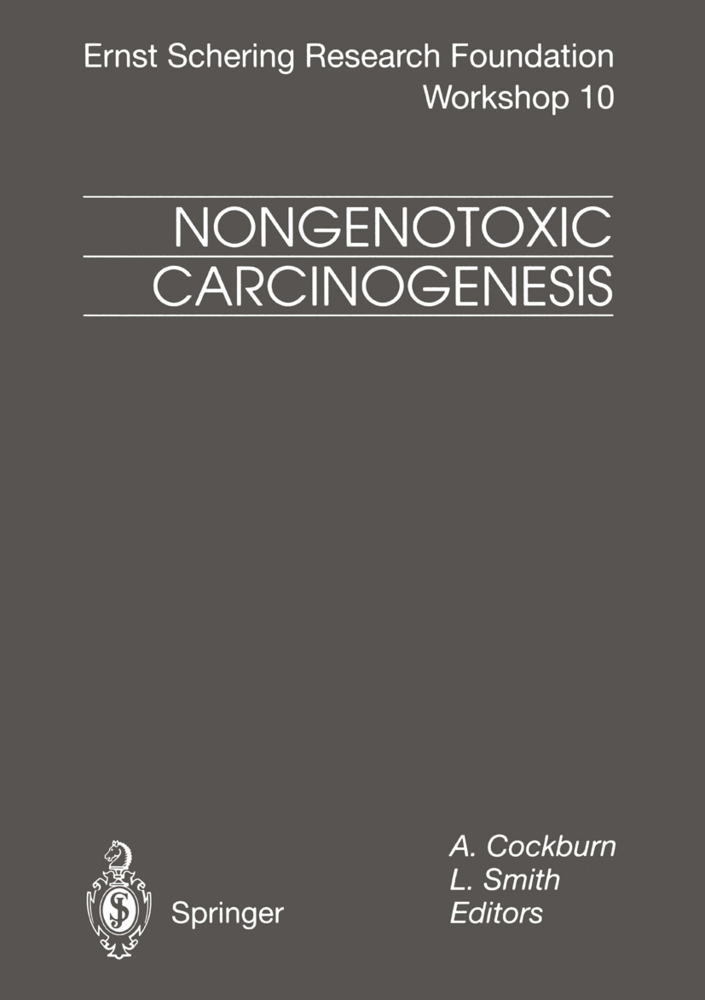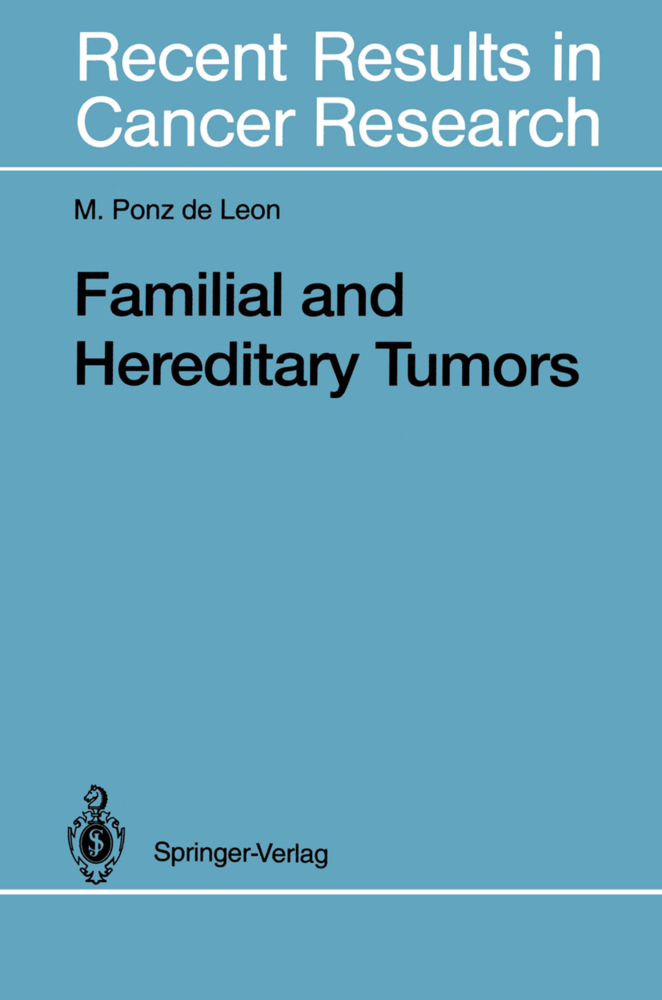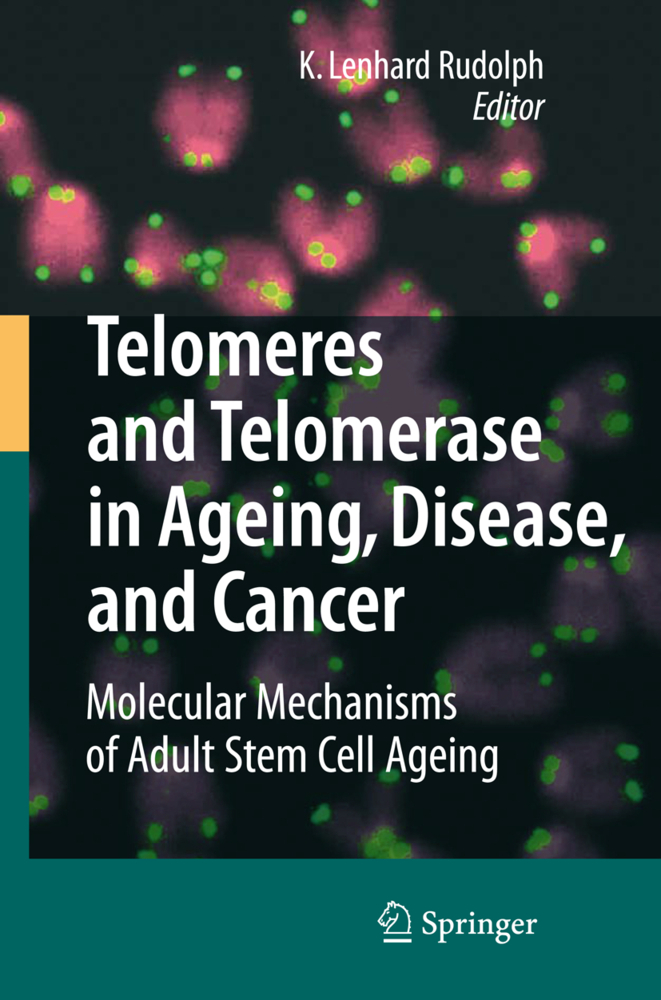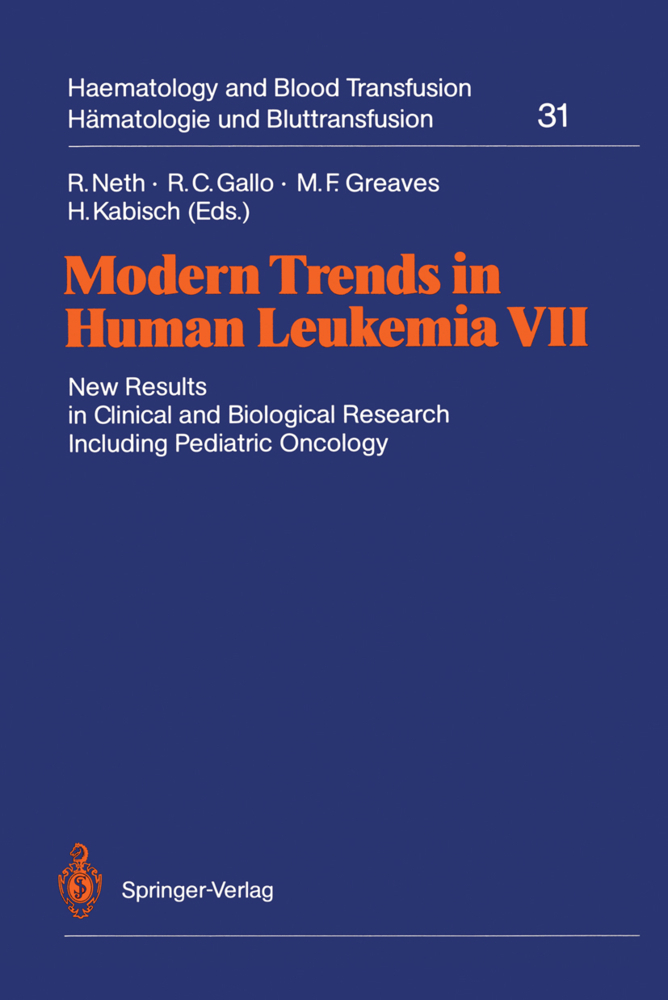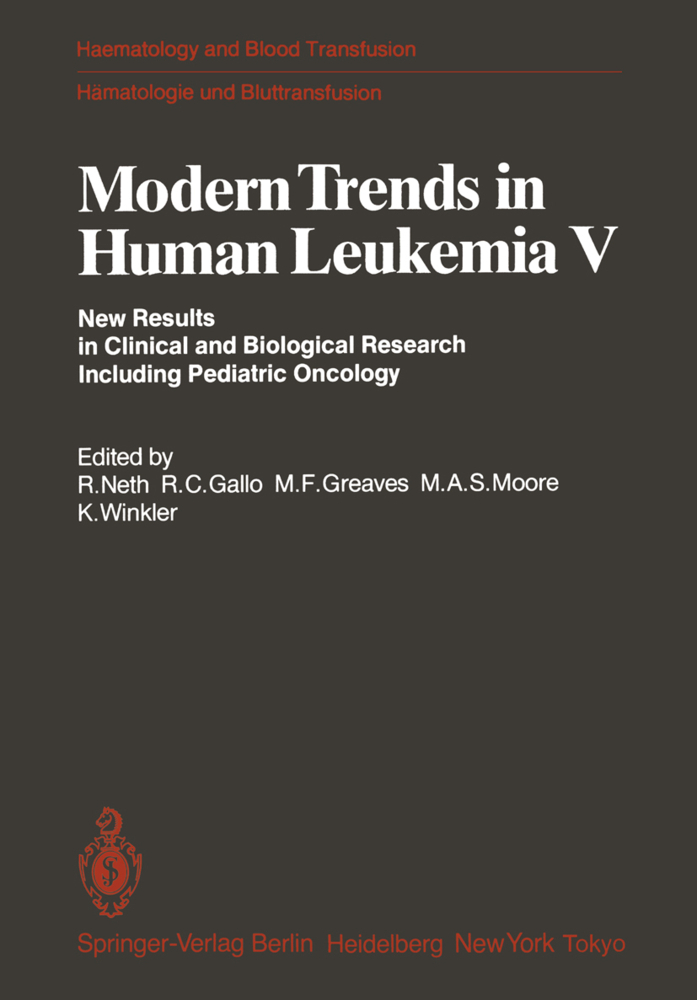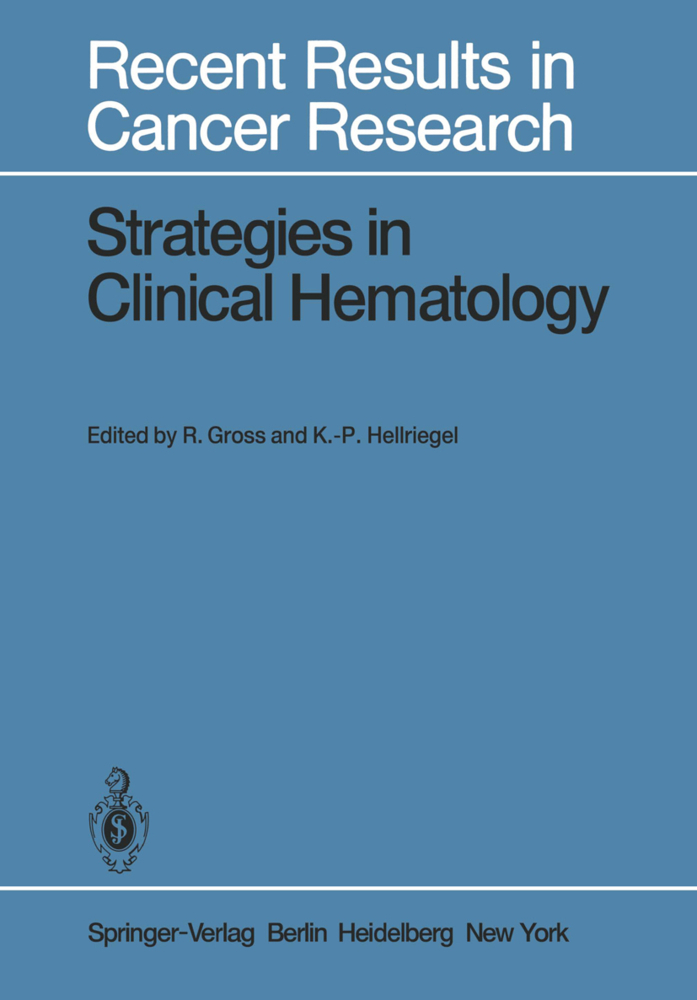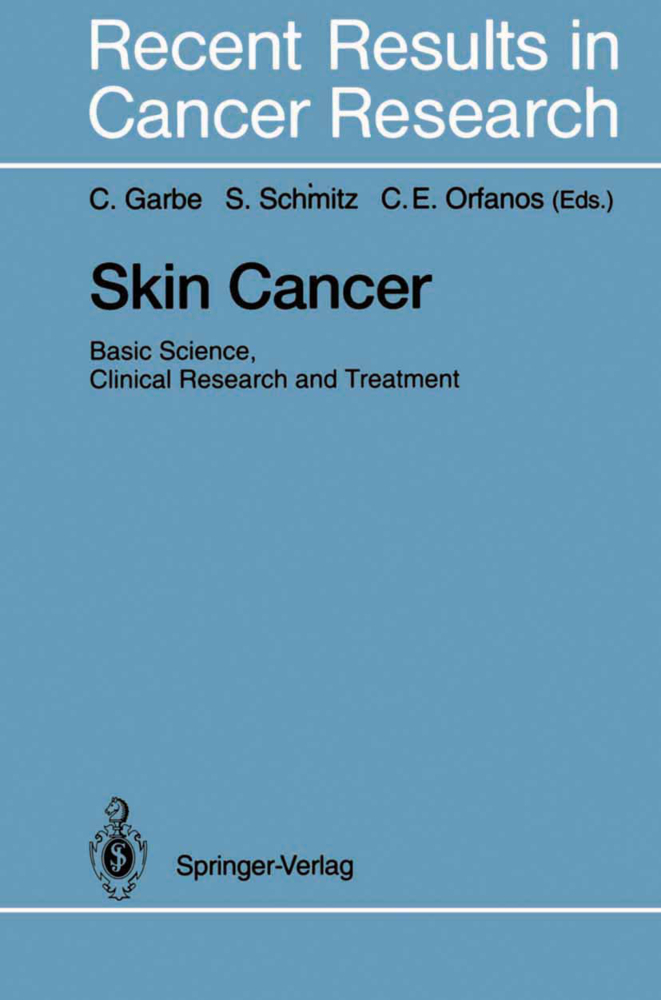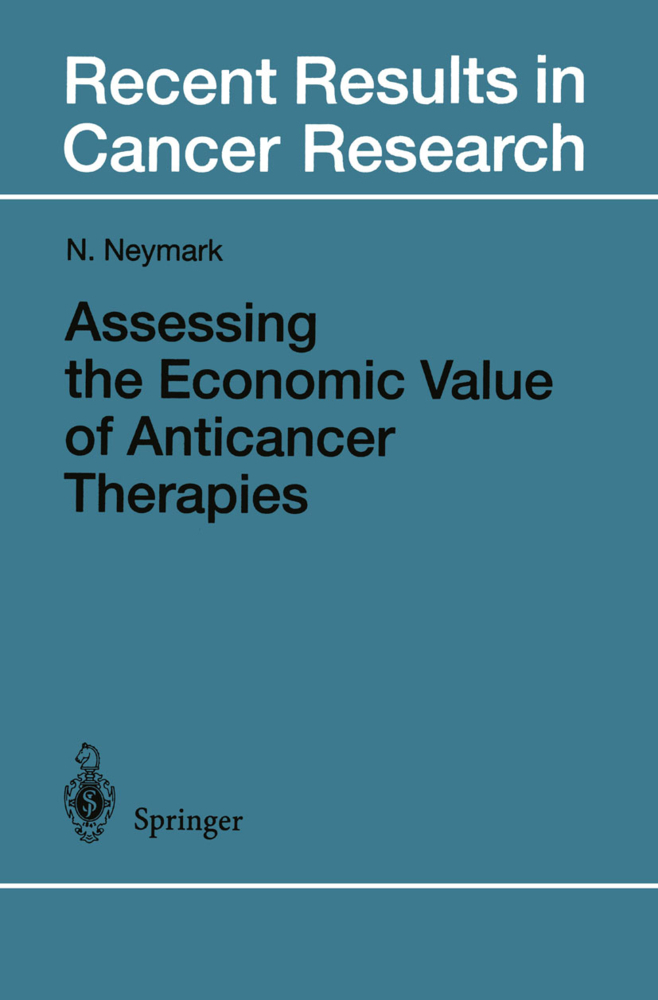Risk and Progression Factors in Carcinogenesis
Risk and Progression Factors in Carcinogenesis
Cellular transformation and carcinogenesis are considered a multistep process starting with DNA lesions and progressing through loss of cellular growth control and increase invasive and metastatic properties. This book focuses on the demonstration of important steps in carcinogenesis, ranging from chemical interaction of carcinogens with cellular DNA in experimental tumors and cell lines to the analysis of selected human tumors. Special importance is given to the clarification of mechanisms of DNA lesions caused by chemical carcinogens and UV irradiation. Leading scientists describe in review articles the actual state of the art in their specific fields. The reader is informed of trends and scientific approaches to the recognition of pathogenetic mechanisms and factors in malignant tumors. The principal goal of experimental carcinogenesis is the elucidation of mechanisms and factors that might be of relevance for the formation of human tumors. Specialization, as necessary as it may be, however, may prevent the transfer of knowledge among disciplines involved in cancer research. Leading scientists give insight into mechanisms of carcinogen-induced DNA damage and mutagenicity, and cellular responses including DNA repair, cellular stress, apoptosis, and regulation of cellular growth. Selected human tumor models of oral epithelium, skin cancer, and malignant lymphoma are analyzed in order to determine the most relevant primary genetic alteration in cell-specific transformation. Finally, the epidemiology of p53 mutation is considered as an indication of specific pathogenetic factors in sporadic human tumors.
Oxidative DNA Damage Induced by Dioxetanes, Photosensitizing Ketones, and Photo-Fenton Reagents
Oxidative DNA Damage Profiles in Mammalian Cells
Chemical Mechanisms of Formation of DNA-Carcinogen Adducts, Elucidation of Potential of Adducts for Mutagenicity, and Mechanisms of Polymerase Fidelity and Mutation in the Presence of Adducts
Assessment of the Tumor-Initiating Potential of ?,?-Unsaturated Carbonyl Compounds by 32P Postlabeling Quantification of DNA Adducts In Vivo
Glutathione-Dependent Bioactivation and Renal Toxicity of Xenobiotics
Ultraviolet-Induced Photolesions: Repair and Mutagenesis
Psoralen Photobiology: The Relationship Between DNA Damage, Chromatin Structure, Transcription, and Immunogenic Effects
II. Analysis of Cellular Alterations and Growth Dysregulation in Cancer Cells
Cellular Stress Response: Stress Proteins - Physiology and Implications for Cancer
Two-Dimensional Polyacrylamide Gel Electrophoresis of Cancer-Associated Proteins
Mechanisms Leading to the Expression of Recessive Alleles: The Use of Polymorphic Microsatellites and Whole-Chromosome Painting Probes to Analyze Mouse Tumors, Mtants, and Micronuclei
Formation of Micronuclei and Inhibition of Topoisomerase II in the Comet Assay in Mammalian Cells with Altered DNA Methylation
Poly(ADP-Ribosyl)ation and Nuclear Matrix/Intermediate Filament Proteins in Renal Carcinogenesis
Genotoxic and Chronic Toxic Effects in the Carcinogenicity of Aromatic Amines
Analysis of Genetic Factors and Molecular Mechanisms in the Development of Hereditary and Carcinogen-Induced Tumors of Xiphophorus
The Role of Raf Kinases in Development and Growth ofTumors
Apoptosis Regulation by Raf, Bcl-2, R-Ras
New Cell Cycle-Regulated Genes in the Yeast Saccharomyces cerevisiae
The Role of Workhorse Protein Kinases in Coordinating DNA Metabolism and Cell Growth
III. Selected Findings in Human Tumors
Growth and Transformation of Human Oral Epithelium In Vitro
Genetic Lesions in Mantle Cell Lymphoma
Topoisomerase Activities in Undifferentiated Acute Myeloblastic Leukemias and Monocytic Differentiated Leukemias
DNA Repair: Genes, Enzymes, Patients, and Mouse Models
Repair of Directly and Indirectly UV-Induced DNA Lesions and of DNA Double-Strand Breaks in Cells from Skin Cancer-Prone Patients with the Disorders Dysplastic Nevus Syndrome or Basal Cell Nevus Syndrome
Exploring the Role of Oxygen in Fanconis Anemia
P53 Gene Alterations in Human Tumors: Perspectives for Cancer Control.
I. Interaction of Carcinogens with Cellular DNA
Induction of Frameshift Mutations at Hotspot Sequences by Carcinogen AdductsOxidative DNA Damage Induced by Dioxetanes, Photosensitizing Ketones, and Photo-Fenton Reagents
Oxidative DNA Damage Profiles in Mammalian Cells
Chemical Mechanisms of Formation of DNA-Carcinogen Adducts, Elucidation of Potential of Adducts for Mutagenicity, and Mechanisms of Polymerase Fidelity and Mutation in the Presence of Adducts
Assessment of the Tumor-Initiating Potential of ?,?-Unsaturated Carbonyl Compounds by 32P Postlabeling Quantification of DNA Adducts In Vivo
Glutathione-Dependent Bioactivation and Renal Toxicity of Xenobiotics
Ultraviolet-Induced Photolesions: Repair and Mutagenesis
Psoralen Photobiology: The Relationship Between DNA Damage, Chromatin Structure, Transcription, and Immunogenic Effects
II. Analysis of Cellular Alterations and Growth Dysregulation in Cancer Cells
Cellular Stress Response: Stress Proteins - Physiology and Implications for Cancer
Two-Dimensional Polyacrylamide Gel Electrophoresis of Cancer-Associated Proteins
Mechanisms Leading to the Expression of Recessive Alleles: The Use of Polymorphic Microsatellites and Whole-Chromosome Painting Probes to Analyze Mouse Tumors, Mtants, and Micronuclei
Formation of Micronuclei and Inhibition of Topoisomerase II in the Comet Assay in Mammalian Cells with Altered DNA Methylation
Poly(ADP-Ribosyl)ation and Nuclear Matrix/Intermediate Filament Proteins in Renal Carcinogenesis
Genotoxic and Chronic Toxic Effects in the Carcinogenicity of Aromatic Amines
Analysis of Genetic Factors and Molecular Mechanisms in the Development of Hereditary and Carcinogen-Induced Tumors of Xiphophorus
The Role of Raf Kinases in Development and Growth ofTumors
Apoptosis Regulation by Raf, Bcl-2, R-Ras
New Cell Cycle-Regulated Genes in the Yeast Saccharomyces cerevisiae
The Role of Workhorse Protein Kinases in Coordinating DNA Metabolism and Cell Growth
III. Selected Findings in Human Tumors
Growth and Transformation of Human Oral Epithelium In Vitro
Genetic Lesions in Mantle Cell Lymphoma
Topoisomerase Activities in Undifferentiated Acute Myeloblastic Leukemias and Monocytic Differentiated Leukemias
DNA Repair: Genes, Enzymes, Patients, and Mouse Models
Repair of Directly and Indirectly UV-Induced DNA Lesions and of DNA Double-Strand Breaks in Cells from Skin Cancer-Prone Patients with the Disorders Dysplastic Nevus Syndrome or Basal Cell Nevus Syndrome
Exploring the Role of Oxygen in Fanconis Anemia
P53 Gene Alterations in Human Tumors: Perspectives for Cancer Control.
Müller-Hermelink, Hans Konrad
Neumann, H. G.
Dekant, W.
| ISBN | 978-3-642-64385-9 |
|---|---|
| Artikelnummer | 9783642643859 |
| Medientyp | Buch |
| Auflage | Softcover reprint of the original 1st ed. 1997 |
| Copyrightjahr | 2012 |
| Verlag | Springer, Berlin |
| Umfang | XII, 394 Seiten |
| Abbildungen | XII, 394 p. |
| Sprache | Englisch |

